Pros
Cons
Introduction
Front
{{section_header}}{{section.name}}{{/section_header}}
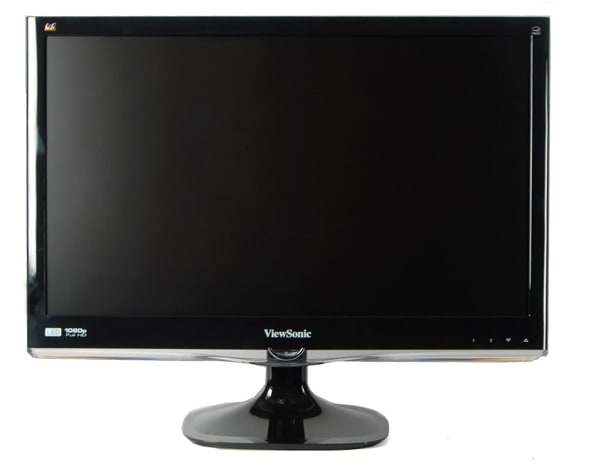
Back
{{section_header}}{{section.name}}{{/section_header}}

Sides
{{section_header}}{{section.name}}{{/section_header}}
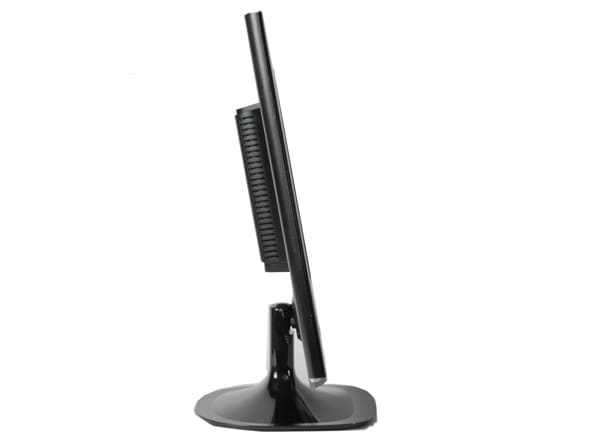
Size Comparisons
{{section_header}}{{section.name}}{{/section_header}}
In the Box
{{section_header}}{{section.name}}{{/section_header}}
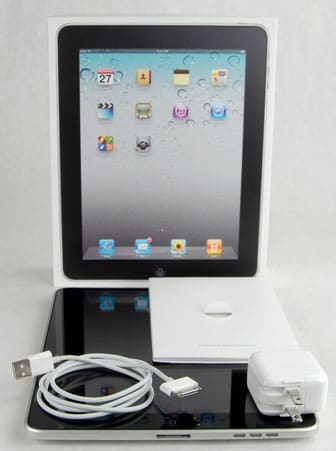
The {{product.name}} comes packaged in Amazon's hallmark brown cardboard box, along with a wall charger. Mysteriously absent is a USB cable, but you don't really need one for most content.
Handling
{{section_header}}{{section.name}}{{/section_header}}
Despite its tiny size, the {{product.name}} is a bit difficult to hold comfortably. While it is very compact, the boxy edges and surprisingly unbalanced weighting make this a chore to hold over long periods of time with one hand. Though it works at any orientation, you may find yourself holding it by the long edge more often, as it is the easiest way to distribute most of the weight.
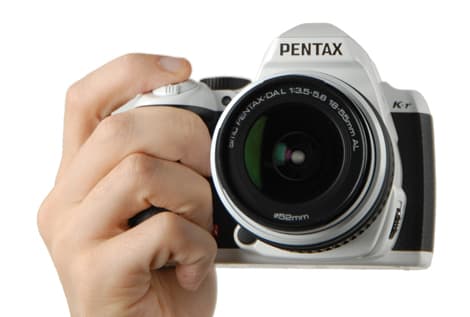
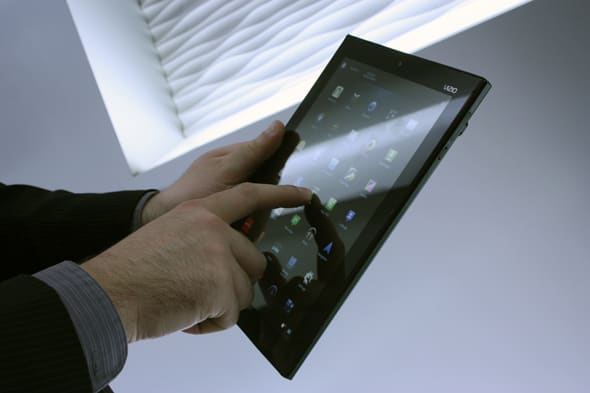
Screen
{{section_header}}{{section.name}}{{/section_header}}
The screen of the {{product.name}} is a 6 x 4.56 inch IPS display, ensconced inside a chemically treated layer of glass to resist scratches and breaks. Though this screen is durable, you'll find that it struggles greatly with color performance, even if the contrast is somewhat decent. Because there are no other physical control buttons outside of the power button, you will primarily be using the capacitive touch screen for every command you send to your {{product.model}}. Not to worry though, it is quite responsive and clear.

Indoor & Outdoor Use
{{section_header}}{{section.name}}{{/section_header}}
We are still waiting on mother nature to comply with our requests for certain lux levels outdoors, but we can safely admonish users looking for a tablet that will perform well outdoors to be careful with the {{product.name}}. Like most other LCD screens, the backlighting is easily overpowered by even moderate levels of sunlight, direct or ambient. Because LCD screens require a strong backlight to display a visible picture (rather than ambient light), a brighter light source will make the screen look washed out and extremely hard to see.
Controls
{{section_header}}{{section.name}}{{/section_header}}
Aside from the sole button on the bottom of the tablet, the {{product.name}}'s interface is purely operated through the capacitive touchscreen. All the controls are intuitive and easy to perform, and there are only intermittent issues; nothing that will crash your applications or make you accidentally key in a bad command unlike many other tablets this size. It appears that Amazon makes the {{product.model}} err on the side of caution here, but not overly so.
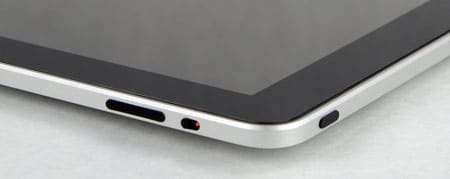
The controls on the top right side of the iPad body: volume, lock and power.
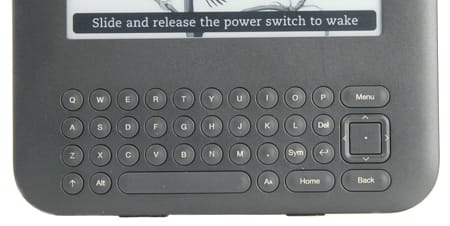
Connectivity
{{section_header}}{{section.name}}{{/section_header}}
If you are worried about Amazon sacrificing WiFi performance for a lower cost, fear not: the onboard 802.11/n wireless card enables its users to download and upload quite quickly. At the lab, we observed this car topping out at near 1 MB/sec. While users desiring Bluetooth compatibility will be disappointed, for most users streaming content on this tablet, the WiFi will be enough. There are no extra bells and whistles on this budget tablet.

Here we see a Lightning dock in its natural habitat.
Battery Life
{{section_header}}{{section.name}}{{/section_header}}
Overall, the battery life of the {{product.name}} falls far short of competing with the big kids on the block, but it's hard to complain for the price point. With WiFi turned off and the backlight cranked to maximum, the {{product.model}} will give you about 6 hours and 53 minutes of video playback (assuming all other programs are closed), and about 5 hours, 53 minutes of eBook reading. While this type of battery life is a little on the low side for the major players, it is encouraging that it will give you far more time playing media than your average laptop, enabling it to go on longer journeys. Still, it lags one to two full hours behind the market leaders, so if you want better battery life, get ready to pay several hundred dollars more.
Reading Books
{{section_header}}{{section.name}}{{/section_header}}
Pre-loaded onto the {{product.name}} is the famed Kindle application, which allows you access to the Kindle eBookstore, as well as the brand-spanking new Kindle Owners' Lending Library. Needless to say, as this bit of software is the premier eReading software so far, it is the ideal eReader app for any tablet. Controls are very natural, as you can swipe or tap to turn pages while reading an eBook. You can also mark up your text a bit, as well as facebook or tweet your favorite passages that you come across, or even change the font size and color if you're having trouble seeing the screen, or even feel like shaking it up a little bit. You couldn't ask for more here.
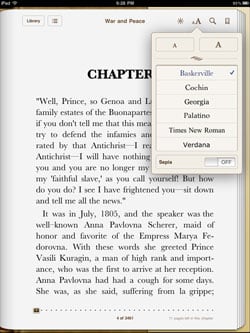
The iBooks program offers a range of controls for font and text size
Buying Books
{{section_header}}{{section.name}}{{/section_header}}
Once you've set up your Kindle account with billing information, you can search the eBookstore for new books. Once you've found a title you like, simply tap "buy" or "download," and your title begins its journey through the internet to your tablet. If that isn't enough to excite you, it also is logged on the Amazon cloud. Should you ever delete this book and want to get it again, you can simply re-download it from your account. In an age of frustrating DRM issues and mismanaged content stores, Amazon has some of the best solutions so far.
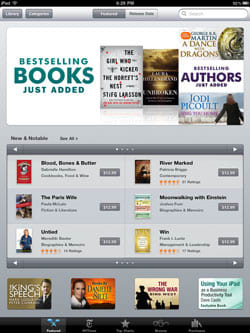
Books can be purchased on the iPad through the iTunes store
eBook Formats
{{section_header}}{{section.name}}{{/section_header}}
Perhaps one of the more unique things about the {{product.name}} is the fact that it has so many eBook file formats supported. For those of you who are curious, the list includes: .azw, MOBI, PDF, DOC, DOCX, TXT, PRC, and Audible eBook formats. If for some reason you have eBooks in other file formats, you can always email them to your kindle account to have them converted for you, or converted using free software online.
{{product.manufacturer_specs['eBook Formats Image']}}
Newspapers & Magazines
{{section_header}}{{section.name}}{{/section_header}}
Tap on the newsstand text for access to Kindle's periodical market. Inside, you'll find a plethora of titles to choose from, including subscriptions for those of you looking to ditch the paper delivered to your door every week. Each periodical is read much like the books are, with taps and swipes to turn pages.
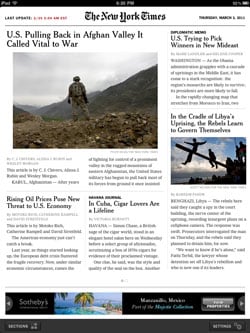
The New York Times is available on the iPad through their own app
eBook Battery Life
{{section_header}}{{section.name}}{{/section_header}}
{{product.manufacturer_specs['eBook Battery Life Image']}}
Music & Audio Controls
{{section_header}}{{section.name}}{{/section_header}}
Much like other tablets with an operating system based on Android 2, the {{product.name}} has a relatively simple control setup, but you aren't quite able to control the playback with a mini player in the home screen, like Android 3 devices can. Most of the controls are readily visible and easy to use, as their icons are large enough to be tapped with even large, Quasimodo-like fingers. You can also make playlists, and shuffle your music back and forth from the Amazon cloud, which we'll get into a bit later.
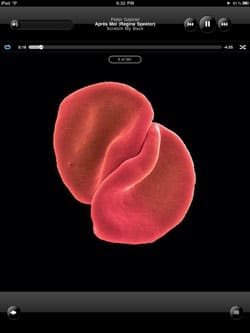
The iPod app shows the cover art while playing music
Music & Audio Management
{{section_header}}{{section.name}}{{/section_header}}
If you sign up for Amazon's cloud service (free for now), you can upload a decently large amount of your music to their servers, or store music bought via their MP3 store in the cloud, allowing you to stream your library from anywhere with a WiFi connection you can use. For those of you lamenting the small hard drive, this is somewhat of a nice consolation, though it really does serve to rip down your battery life, as wireless destroys battery life when pushed to its limits of bandwidth.
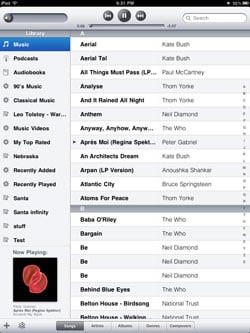
Audio files can be sorted by title, artist, album, genre or composer
For music stored on the {{product.name}}'s hard drive, you can peruse the track list through the main music control screen if you tap the icon in the top-right of the screen. It's not the prettiest interface, but it works.
Music & Audio Formats
Music & Audio Battery Life
Video Controls
{{section_header}}{{section.name}}{{/section_header}}
Much like every other tablet with an iteration of modified Android 2, the video controls for the {{product.name}} are simple and easy to use. Once you select a video file to play, the control interface only stays for a second, then disappears to allow your content viewing to go unmolested.

Video Management
{{section_header}}{{section.name}}{{/section_header}}
If you download a lot of titles from Amazon, the management interface is easy to navigate and select videos from. If you have them stored on your computer, that's another ordeal altogether. If you'd like to port your videos from your computer, you can either use the cloud service, or you can buy the correct USB cable, hook it up to the kindle and do the drag'n'drop routine. Not complicated, but still a pain.
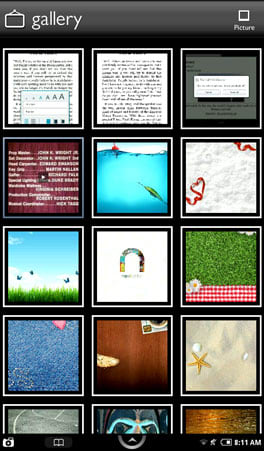
The gallery is used to navigate videos, and only offers thumbnails
Video Formats
Internet Video
{{section_header}}{{section.name}}{{/section_header}}
Here's a very interesting thing that Amazon elected to do: even though the {{product.name}} has stellar support for its burgeoning streaming service with Prime, it also allows you to install Android's Netflix app (meaning you don't have to take sides in the recent competition). While there is no official YouTube app on the market at the time of review, there's a good chance that there will be one in the future, as the YouTube homepage and videos work through the browser, Silk.

Video Battery Life
{{section_header}}{{section.name}}{{/section_header}}
Here is easily the most frustrating part of owning a {{product.name}}: email support. If you have an older email address from a service that is run on the POP or IMAP frameworks, you should be able to integrate your mailboxes using the email app installed on the device, but we still haven't gotten it to work at our labs. In addition, there is no standalone Gmail app as of yet, but don't worry: it works famously in the browser.
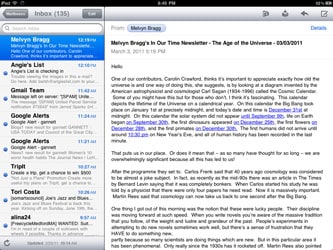
The iPad email app is basic, but adequate for most users
Web Browsing
{{section_header}}{{section.name}}{{/section_header}}
One of the biggest innovations marketed by Amazon at the {{product.model}}'s announcement party was the browser: Silk. Employing a system of cloud data processing that makes browsing theoretically faster for tablet users, Silk does impressive things for a browser on a tablet, as you will not notice much. But that's the beauty of it: there aren't as many page crashes or long wait times as you'd get on tablets with comparable hardware like the Dell Streak 7. By virtue of the fact that most people will never notice huge issues with their browser, Silk is impressive in its own right.
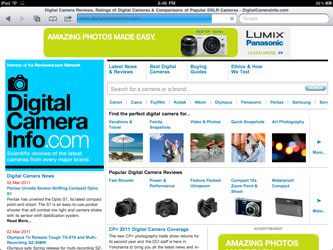
The iPad boasts a fully featured Safari web browser
Much like other web browsers on Android-based systems, the {{product.name}}'s browser allows you to make full use of multiple tabs, bookmarks, and searching options built right into the browser itself. Though it's nothing special to look at, you'll hardly notice the clunky toolbar at the top of the screen. All in all a very normal-looking browser.
Internet Apps
{{section_header}}{{section.name}}{{/section_header}}
If there's an Achilles' heel to the {{product.name}}, it's the Amazon App Store. Despite its use of Android software, the {{product.name}} has access to only a tiny amount of apps that other Android-based tablets do, much like any of the countless knockoff budget Android tablets on the market. This is a big problem. Though the {{product.name}} does allow its users access to some of the most popular apps out there, there's also a few that are suspiciously missing, like YouTube. It should be interesting to see what kind of applications Amazon manages to make available to its users, but at the time of publish, this reviewer sees only a dearth of apps.

Other Internet Features
{{section_header}}{{section.name}}{{/section_header}}
It's quite worthy of mention that the {{product.name}} is very obviously built as a platform for all the services provided by a Prime membership, including the Amazon cloud and streaming services. Many functions of the tablet seem a little handicapped at first, but once you set it loose with Prime, many of the remaining limitations for streaming or internet content is based in the lack of apps or licensing agreements Amazon has with networks for their content. To make the most of the internet features of the {{product.name}}, a Prime membership is a huge step.
{{product.manufacturer_specs['Other Internet Features Image']}}
Device & Specs
{{section_header}}{{section.name}}{{/section_header}}
Despite the obvious difference in size, the internal hardware between the two devices are remarkably similar; the RAM, wireless card, and processor are all very closely matched, but where the Kindle is a teeny-tiny tablet, the iPad 2 is a behemoth with a much larger screen size.
Screen
{{section_header}}{{section.name}}{{/section_header}}
Though both tablets employ an IPS display, the screen size of the {{product.name}} is far smaller than that of the iPad 2, which measures in at 9.7 inches diagonally.
Battery
{{section_header}}{{section.name}}{{/section_header}}
The {{product.name}} just can't keep up here, as it lags over a full hour behind the iPad 2 on each battery test (audio excluded). If a long battery life is important, the iPad 2 is the better bet for longer periods of use.
eReader
{{section_header}}{{section.name}}{{/section_header}}
Because the {{product.name}} is married to its own eReader software initially, it is a little behind here, as the iPad 2 can choose from any app to read eBooks. On the other hand, the {{product.name}} is far smaller and easier to hold as a result.
Internet
{{section_header}}{{section.name}}{{/section_header}}
Both have an impressive range of internet features, the {{product.name}} with Silk and streaming options, the iPad 2 with the largest app store among the tablets. It's up to you what you'd rather pick in this regard, but there are distinct advantages to both.
Device & Specs
{{section_header}}{{section.name}}{{/section_header}}
From a hardware standpoint, the Galaxy Tab 10.1 blows the {{product.name}} out of the water. With double the RAM, bigger screen, and a much larger hard drive, the tiny {{product.model}} just doesn't hold up in a pound-for-pound comparison.
Screen
{{section_header}}{{section.name}}{{/section_header}}
Though the Galaxy Tab 10.1 ha a much larger screen, it's also got its own problems. While the {{product.name}} has an IPS display with great contrast, the Galaxy Tab 10.1 has an older TFT display with worse contrast, but better color scores.
Battery
{{section_header}}{{section.name}}{{/section_header}}
The {{product.name}} lags behind by over an hour in video battery life, and almost two in eBook reading. For long trips, the Galaxy Tab 10.1 is a much better choice for extended periods of media viewing.
eReader
{{section_header}}{{section.name}}{{/section_header}}
This one's a tossup, as the Galaxy Tab 10.1 has access to more eReader software apps, but the {{product.name}} is much smaller and easier to port around.
Internet
{{section_header}}{{section.name}}{{/section_header}}
The Galazy Tab 10.1 comes with full access to the Android market, giving it a much wider range of apps than the {{product.name}} enjoys. That being said, the browser on the {{product.name}} is much more efficient, but this comparison is much more dependent on user preference; the Galaxy Tab 10.1 is by no means a bad web browser either.
Device & Specs
{{section_header}}{{section.name}}{{/section_header}}
With the same exact processor and a similar size, at first glace the two tablets seem very similar, but the reality is that for $50 more, the Nook Tablet packs in double the hard drive space, double the RAM, and even a microSD card slot where the Kindle Fire has none. From a pure hardware standpoint, the Nook Tablets gives you more bang for your buck.
Screen
{{section_header}}{{section.name}}{{/section_header}}
Here, the {{product.name}} trounces the Nook Tablet in almost every conceivable category but deepest black and screen size, as they are virtually identical in total screen area. With a much higher peak brightness, better color gamut, and a wider contrast ratio, the {{product.name}}has the far better tablet screen.
Battery
{{section_header}}{{section.name}}{{/section_header}}
Possibly the biggest advantage the {{product.name}} holds over the Nook Tablet is its battery. While the difference isn't very dramatic, having a longer average battery life will allow Fire owners to enjoy their media for up to an hour more than you can on a Nook Tablet.
eReader
{{section_header}}{{section.name}}{{/section_header}}
As eReaders, each tablet is very similar to the other, minus the obvious software differences. What the main sticking points are include the {{product.model}}'s access to the Amazon lending library system, and the fact that it's harder to hold than the Nook Tablet. Should immediate comfort be you main concern, the Nook tablet may be the better bet, but for content, Amazon remains king.
Internet
{{section_header}}{{section.name}}{{/section_header}}
Both tablets are hindered by their own proprietary branding and lack of Google blessing, but the {{product.name}} with a Prime membership will unlock mountains of content to its users. Couple that with the lending libraries and the new features to the Amazon store online (cloud storage, whispersync, Silk), and the {{product.model}} makes a strong statement over the Nook Tablet.
Conclusion
Though touched off by HP abandoning the Touch Pad early on, the price point race to the bottom among tablets has a new frontrunner: the Kindle Fire. If the Kindle Fire takes off, it will put its competitors in an interesting bind; because Amazon is in a unique position to recoup their losses on the tablet itself with the huge numbers of new Amazon Prime memberships ($70USD per year), how will other companies adapt to compete?
While on paper, the Fire is nothing special: it doesn't offer huge advantages in really any measure aside from the cloud-processing browser, and its hardware is roughly average for what it's competing against. By offering even somewhat similar performance at a drastically slashed price, the Fire offers the best value on the market so far, even if it doesn't really touch the performance of the best Android and iOS tablets.
The battery life of the {{product.name}} is fair, but definitely not on the same level as the most expensive tablets out there. That being said, for the $200 price point, it's the current king of the hill in this category, but that's mostly because the only tablets that it competes with at its own price point are really terrible.
As a pure competitor to the high-end tablets, the {{product.name}} simply cannot match the iPad 2 or Xoom, but it does have an unusually good contrast performance. After that, it is forced to use several advanced features to make the most of its somewhat limited hardware, but it does a fairly good job of handling web browsing and streaming content. If you are a streaming junkie who is on a tight budget, the {{product.name}} is a absolutely great pickup, and is matched in that regard only by far more expensive tablets. Though the investment of Amazon Prime is necessary to really turn this tablet loose, it's still the best buy on the market so far.
Meet the tester
A seasoned writer and professional photographer, Chris reviews cameras, headphones, smartphones, laptops, and lenses. Educated in Political Science and Linguistics, Chris can often be found building a robot army, snowboarding, or getting ink.
Checking our work.
Our team is here to help you buy the best stuff and love what you own. Our writers, editors, and experts obsess over the products we cover to make sure you're confident and satisfied. Have a different opinion about something we recommend? Email us and we'll compare notes.
Shoot us an email